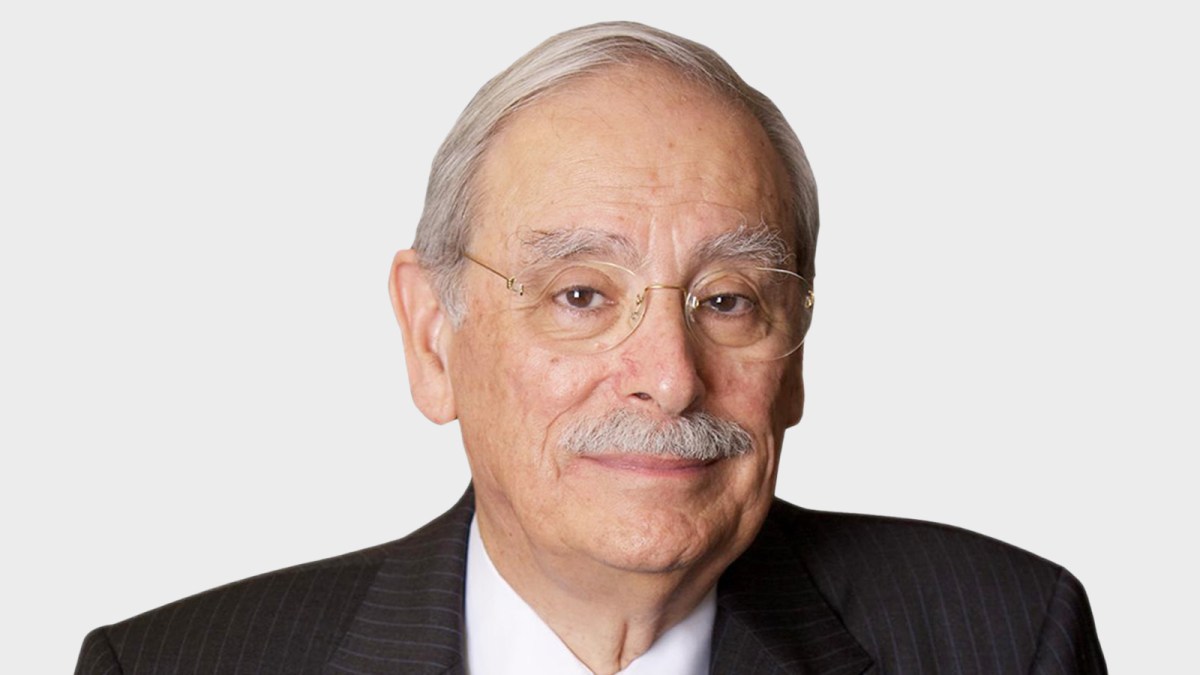Prepare for life in a world in which inflation runs at an annual rate of 3 per cent or more in the US. Last week the Federal Reserve board chairman Jerome Powell announced what Fernando Martin, an economist at the Federal Reserve Bank of St Louis, called the beginning of “an above-target inflation regime”.
Martin might very well say that, but Powell couldn’t possible even think that. He merely announced a quarter-point reduction in the Fed’s “policy interest rate” to 3.75-4 per cent, reflecting the majority view of Fed policymakers that cracks in the labour market are a greater danger to the economy than ignoring — at least for now — a 3 per cent inflation rate that has exceeded the Fed’s 2 per cent target for several years.
• US cuts interest rates for second month amid slowing labour market concerns
But a careful listener to Powell’s answers to questions at the press conference that followed his announcement might have detected a lack of conviction in the decision to cut rates. Powell’s prepared, vetted description of the labour markets as “significantly slowing” gave way to his ad lib of “a very gradual cooling but nothing more than that”. And the “moderate pace” of economic growth in the vetted statement was modified in ad lib remarks, “Forecasters by and large have raised forecasts of economic activity, in some cases quite materially.”
These, shall we call them equivocations, are nods to three important facts that might suggest interest rate increases rather than a cut — or at least leaving rates unchanged, as Jeffrey Schmid, president of the Kansas City Fed, urged his colleagues to do. First, the economy continues to cruise along at a 3 per cent annual growth rate, and the household tax cuts and business incentives contained in the Republicans’ “Big Beautiful Bill” might produce even higher levels of growth.
Second, although tariffs might not have an inflationary effect as dire as sufferers from Trump Derangement Syndrome (TDS) are predicting, Walmart (toys, car seats, frying pans, jeans), Adidas, Dollar General, Procter & Gamble (Tide, Pampers, Charmin, Gillette) have already raised prices, with more to come.
Third, and perhaps most importantly, the Fed’s tool, its policy interest rate, is unlikely to prove effective in helping the central bank meet its mandate of maintaining maximum employment.
Many large companies are building “no fire, no hire” policies into their operations and plans, some as part of a drive to improve profits by correcting excessive post-pandemic hiring, some to reflect efficiencies created by AI. JP Morgan Chase has what The Wall Street Journal calls “a very strong bias” against hiring more people, and its banking rival Goldman Sachs has announced another round of white-collar lay-offs.
Jamie Dimon and David Solomon, the respective chief executives of these banks, are going to stick with their lean and mean business models and their goal of ever-higher profits, no matter how many quarter-point rate cuts the Fed delivers. Powell admits as much: “Interest rates are not an important part of the AI story … Data centres … are not particularly interest-rate sensitive.”
Gone at Amazon, retailer Target, United Parcel Service (US) and tech firm Booz Allen, among others, are receptionists, programmers, accountants and legal assistants in what has become a round of personally painful white-collar lay-offs from positions that no longer exist.
Which brings us to a peculiar fact: the dichotomy between the world as seen from the Fed boardroom and the one seen by key economic actors. The Fed views job losses as the number one risk to the economy, while consumers view inflation as the number one policy issue, and most are confident in their jobs and the opportunities that will be on offer.
The Michigan University consumer sentiment survey finds: “Inflation and high prices remain at the forefront of consumers’ minds. Consumers continue to express frustration over the persistence of high prices, with 44 per cent spontaneously mentioning that high prices are eroding their personal finances — the highest reading in a year.”
The latest consumer confidence survey by the Conference Board echoes that finding: “Consumers’ write-in responses [to the board’s survey] were led by references to prices and inflation, which continued to be the main topic influencing consumers’ views of the economy.”
Consumers who are telling Conference Board pollsters their number one problem is inflation are simultaneously reporting that their “appraisal of current job availability [has] improved for the first time since December 2024”.
Goldman Sachs reports that 74 per cent of owners of small businesses, few of whom have the academic training of the Fed’s fab 400 PhD economists, plan to grow their firms in the next 12 months, 41 per cent plan to create new jobs, 39 per cent to maintain existing staffing, and only 12 per cent to cut jobs. Over half — 54 per cent — say that the best thing the government can do to help their businesses grow is control inflation.
Which might be one reason why shareholders, whose capital gains feed their appetites for still more such gains, were disappointed when Powell dismissed a possible second cut in December “as not a foregone conclusion, far from it”.
Perhaps the wisest of the decisions taken by the chairman and his colleagues last week.
irwin@irwinstelzer.com
Irwin Stelzer is a business adviser

